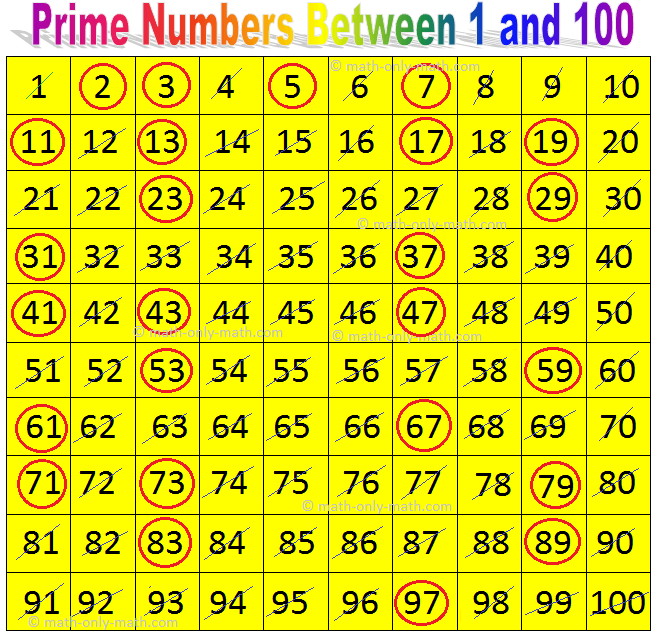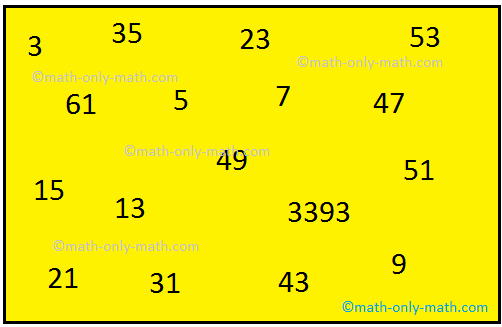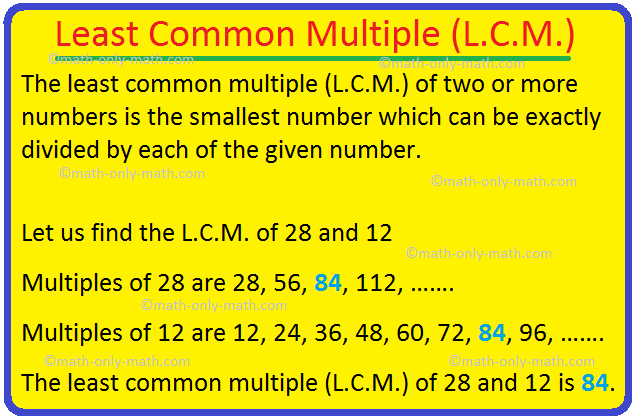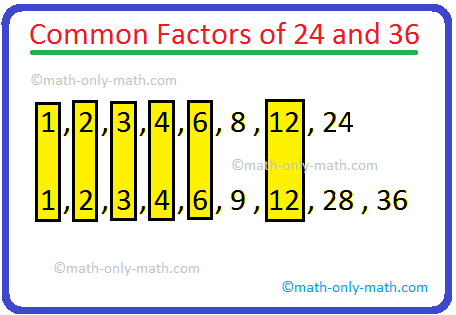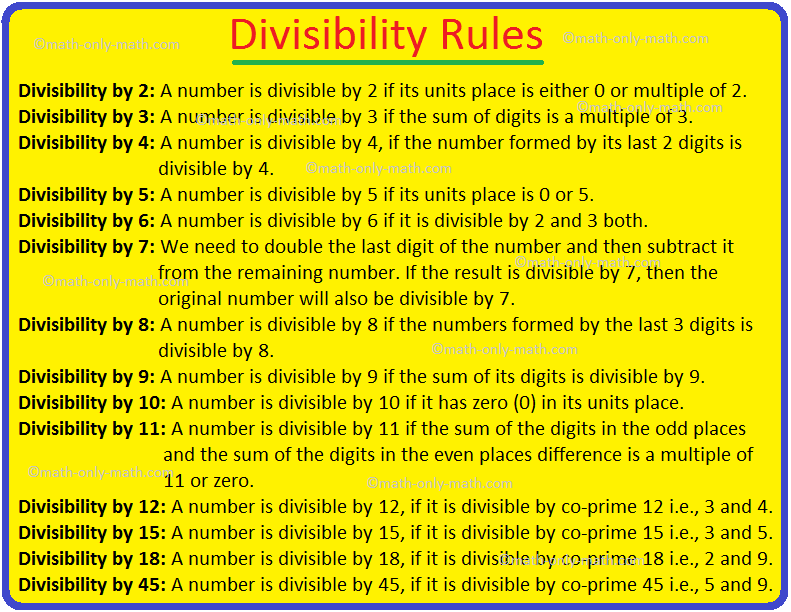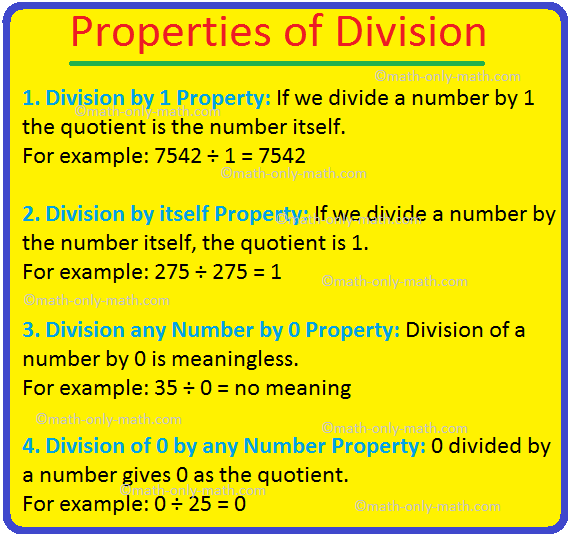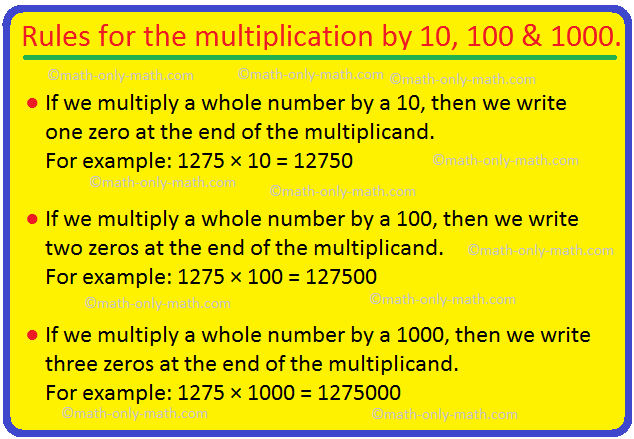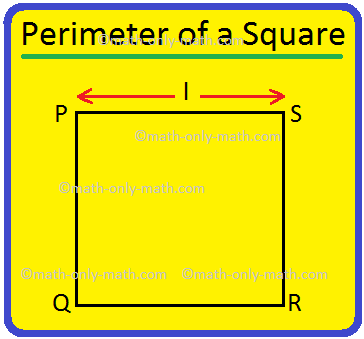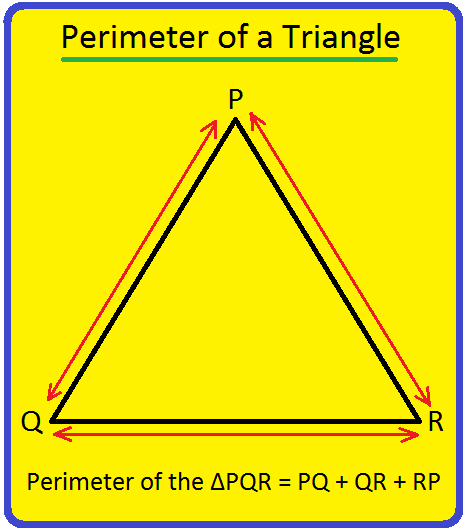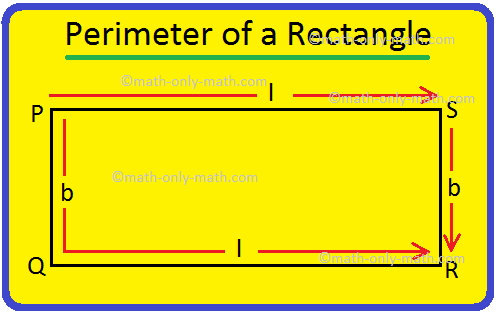Prime and Composite Numbers
What are the prime and composite numbers?
Prime Numbers:
Prime numbers are those numbers which have only two factors 1 and the number itself.
In other words, a number which is divisible by only itself and 1 is a prime number. So, prime number has only two different factors 1 and the number itself.
For example, these numbers are 2, 3, 5, 7, 11, 13, 17, 19, 23, 29, 31, 37, 41, 43, 47, etc which have only two factors i.e. 1 and the number itself.
Observe the following:
All the factors of 2 are 1 and 2.
All the factors of 3 are 1 and 3.
All the factors of 4 are 1, 2 and 4.
All the factors of 5 are 1 and 5.
All the factors of 6 are 1, 2, 3 and 6.
We see that 2, 3 and 5 have only two factors namely 1 and the number itself. We call these numbers are prime numbers.
Hence the numbers having exactly two different factors, namely 1 and itself, are known as prime numbers.
2,3, 5, 7, 11, 13, 17, 19, ... are prime numbers.
Twin Primes:
If the difference between the two prime numbers is 2 they are called twin primes. For example (3, 5), (5, 7) and (11, 13) are set of twin primes.
So, two consecutive prime numbers having only one number between them are called twin primes.
In other words,
If two prime numbers can be paired with a difference of 2, that is they have one composite number between them, then the pair is called a twin prime.
For example; (3, 5), (5, 7), (11, 13), (17, 19), (41, 43), (59, 61), (71, 73), etc.
Co-Prime Numbers:
If two numbers have only 1 as a common factor, they are called as co-primes. For example (2, 3), (4, 5), (3, 7) and (4, 9) are co-primes.
Composite Numbers:
Composite numbers are those numbers which have more than two factors.
In other words, a number that has more than two different factors is a composite number. So, a composite number is also exactly divisible by numbers other than 1 and itself.
For example, 4 is a composite number and it can be divided by 1, 2 and 4.
6 is a composite number and it can be divided by 1, 2, 3 and 6.
8 is a composite number and it can be divided by 1, 2, 4 and 8.
9 is a composite number and it can be divided by 1, 3 and 9.
Therefore, 1 is a unique number that is neither prime nor composite as it has only one factor.
Observe the following:
All the factors of 4 are 1, 2, 4.
All the factors of 6 are 1, 2, 3, 6.
All the factors of 8 are 1, 2, 4, 8.
All the factors of 9 are 1, 3, 9.
We see that 4, 6, 8 and 9 have more than two factors.
We call these numbers as composite numbers.
Hence, the numbers having more than two different factors are known as composite numbers.
REMEMBER
(a) 1 is neither prime nor composite.
(b) 2 is a prime as well as an even number.
Observe the following table.
|
Number 1 2 3 4 5 6 7 |
Factors 1 1,2 1, 3 1, 2, 4 1, 5 1, 2, 3, 6 1, 7 |
The numbers 2, 3, 5, ....... have only 2 factors, 1 and itself.
Such numbers are called Prime numbers.
The numbers 4, 6, ...... have more than 2 factors.
Such numbers are called Composite numbers.
Note:
(i) 1 is neither a prime nor a composite number.
(ii) 2 is the smallest prime number.
(iii) 2 is the only even prime number.
(iv) No prime number ends with zero or 5.
A prime number is a natural number which has only two different factors, 1 and the number itself. A composite number is a natural number which has more than two different factors.
Prime Numbers Between 1 and 100
The Sieve of Eratosthenes: This is a simple method to find out the prime numbers. This method was invented by a Greek astronomer Eratosthenes about 230 B.C.
Let us find all the prime numbers between 1 and 100.
Steps:
(i) 1 is not a prime number. Cross it.
(ii) 2 is a prime number. Circle 2 and cross out all the multiples of 2.
(iii) The next prime number is 3. Circle 3 and cross out all the multiples of 3.
(iv) The next prime number is 5. Circle 5 and cross out all the multiples of 5.
(v) The next prime number is 7. Circle 7 and cross out all the multiples of 73.
(vi) The next prime number is 11. Circle 11 and cross out all the multiples of 11.
(vii) The next prime number is 13. Circle 13 and cross out all the multiples of 13.
(viii) The next prime number is 17. Circle 17 and cross out all the multiples of 17.
(ix) The next prime number is 19. Circle 19 and cross out all the multiples of 19.
(x) The next prime number is 23. Circle 23 and cross out all the multiples of 23.
(xi) Continue the process till all the numbers are either circled or cross out.
Solved Example on Prime and Composite Numbers:
Identify prime numbers and composite numbers in the given numbers 3, 8, 17, 23, 25, 32, 41, 44.
3 = 3 × 1, factor of 3 are 3 and 1.
8 = 1 × 8, 8 = 2 × 4, factor of 8 are 1, 2, 4 and 8.
17 = 1 × 17, factor of 17 are 1 and 17.
23 = 1 × 23, factor of 23 are 1 and 23.
25 = 1 × 25, 25 = 5 × 5, factor of 25 are 1, 5 and 25.
32 = 1 × 32, 32 = 2 × 16, 32 = 4 × 8, factor of 32 are 1, 2, 4, 8, 16 and 32.
41 = 1 × 41, factor of 41 are 1 and 41.
44 = 1 × 44, 44 = 2 × 22, 44 = 4 × 11, factor of 44 are 1, 2, 4, 11, 22 and 44.
The numbers having only two factors are 3, 17, 23 and 41. Therefore, 3, 17, 23 and 41 are prime numbers. Composite numbers are 8, 25, 32, 36 and 44.
Questions and Answers on Prime and Composite Numbers
I. Choose the right answer and fill in the blank:
(i) The only even prime number is ….…..
(a) 0
(b) 2
(c) 4
(d) 6
(ii) The number which is neither prime nor even ….…..
(a) 1
(b) 2
(c) 10
(d) 100
(iii) The number which has more than 2 factors is called a ….…..
(a) Even
(b) Odd
(c) Prime
(d) Composite
(iv) ….….. is the smallest composite number.
(a) 0
(b) 2
(c) 3
(d) 4
(v) A prime number has only ….….. factors.
(a) 0
(b) 1
(c) 2
(d) 3
(vi) A pair of numbers that do not have any common factor other than 1 are ….….. numbers.
(a) Even
(b) Co-prime
(c) Twin prime
(d) Prime
(vii) The smallest odd prime number is:
(a) 1
(b) 3
(c) 5
(d) 7
(viii) Which of the following is a prime number?
(a) 9
(b) 11
(c) 21
(d) 15
(ix) Which of the following even number is prime?
(a) 2
(b) 4
(c) 16
(d) 26
(x) Which of the following is a composite number?
(a) 19
(b) 21
(c) 23
(d) 29
(xi) Number formed by multiplying the first three prime numbers is:
(a) 50
(b) 40
(c) 30
(d) 20
Answers:
I. (i) (b) 2
(ii) (a) 1
(iii) (d) Composite
(iv) (b) 2
(v) (c) 2
(vi) (b) Co-prime
(vii) (b) 3
(viii) (b) 11
(ix) (a) 2
(x) (b) 21
(xi) (c) 30
II. Write true or false:
(i) 1 is a prime number.
(ii) There are 8 prime numbers between 1 – 20.
(iii) 12 is a prime number.
(iv) 21 has 4 factors – 1, 3, 7 and 21.
(v) 4, 6, 7, 8 and 9 are composite numbers.
(vi) Consecutive numbers are always co-prime.
Answers:
(i) false
(ii) true
(iii) false
(iv) true
(v) false
(vi) true
III. Choose all prime numbers:
12 19 7 8 9 11 15
13 24 27 23 34 37 36
Answers:
19, 7, 11, 13, 23, 37
IV. Write all the composite numbers less than 30.
Answers:
4, 6, 8, 9, 10, 12, 14, 15, 16, 18, 20, 21,22, 24, 25, 26, 27, 28
V. Write all the prime numbers less than 20.
Answer:
2, 3, 5, 7, 11, 13, 17, 19
VI. Check if the given pair of numbers are co-primes:
(i) 15 and 38
(ii) 25 and 26
(iii) 12 and 18
Answers:
(i) co-primes
(ii) co-primes
(iii) not co-primes
VII. Fill in the blanks:
(i) The numbers with just 2 factors are called ……………………… numbers.
(ii) Smallest even prime number is ……………………….
(iii) Numbers with more than 2 factors are called ……………………… numbers.
(iv) 1 is neither ……………………… nor ……………………….
(v) All composite numbers have more than ……………………… factors.
Answers:
(i) prime
(ii) 2
(iii) composite
(iv) prime, composite
(v) 2
VIII. Circle all the composite numbers in the given box:
Answers:
15, 9, 21, 49, 35, 3393, 51
IX. Write all the prime numbers between:
(i) 1 and 20
(ii) 20 and 40
(iii) 40 and 60
(iv) 60 and 80
(v) 80 and 100
Answer:
IX. (i) 2, 3, 5, 7, 11, 13, 17 and 19.
(ii) 23, 29, 31, 37.
(iii) 41, 43, 47, 53, and 59.
(iv) 61, 67, 71, 73, and 79.
(v) 83, 89 and 97.
X. Write all the composite numbers between 1 and 40.
Answer:
X. 4, 6, 8, 9, 10, 12, 14, 15, 16, 18, 20, 21, 22, 24, 25, 26, 27, 28, 30, 32, 33, 34, 35, 36, 38, 39, 40.
XI. Fill in the blanks:
(i) The smallest prime number is ................
(ii) The largest two-digits prime is ................
(iii) Every prime number except ................ is odd
(iv) ................ is neither a prime nor a composite number.
(vi) Since 4 has 3 factors, 4 is a ................ number.
Answer:
XI. (i) 2
(ii) 97
(iii) 2
(iv) 1
(vi) composite
XII. State whether the following statements are true or false.
(i) There is only one natural number that is neither a prime nor a composite.
(ii) The odd number are prime numbers.
(iii) All even numbers are composite numbers.
(iv) The sum of two prime numbers is always an even number.
(v) 33 is a prime number.
Answer:
XII. (i) True
(ii) False
(iii) False
(iv) False
(v) False
XIII. Write down all the prime numbers between 10 and 20.
Answer: 11, 13, 17, 19
XIV. List all the prime numbers between 5 and 45.
Answer: 7, 11, 13, 17, 19, 23, 29, 31, 37, 41, 43.
XV. Write down all the prime numbers between 50 and 100.
Answer: 53, 59, 61, 67, 71, 73, 79, 83, 89, 97
XVI. Write the smallest prime number.
Answer: The smallest prime number is 2
XVII. Is 1 a prime number?
Answer: No, 1 is not a prime number.
5th Grade Math Problems
From Prime and Composite Numbers to HOME PAGE
Didn't find what you were looking for? Or want to know more information about Math Only Math. Use this Google Search to find what you need.
Recent Articles
-
Perimeter of a Square | How to Find the Perimeter of Square? |Examples
Apr 25, 24 05:34 PM
We will discuss here how to find the perimeter of a square. Perimeter of a square is the total length (distance) of the boundary of a square. We know that all the sides of a square are equal. Perimete… -
Perimeter of a Triangle | Perimeter of a Triangle Formula | Examples
Apr 25, 24 05:13 PM
We will discuss here how to find the perimeter of a triangle. We know perimeter of a triangle is the total length (distance) of the boundary of a triangle. Perimeter of a triangle is the sum of length… -
Perimeter of a Rectangle | How to Find the Perimeter of a Rectangle?
Apr 25, 24 03:45 PM
We will discuss here how to find the perimeter of a rectangle. We know perimeter of a rectangle is the total length (distance) of the boundary of a rectangle. ABCD is a rectangle. We know that the opp… -
Dividing 3-Digit by 1-Digit Number | Long Division |Worksheet Answer
Apr 24, 24 03:46 PM
Dividing 3-Digit by 1-Digit Numbers are discussed here step-by-step. How to divide 3-digit numbers by single-digit numbers? Let us follow the examples to learn to divide 3-digit number by one-digit nu… -
Symmetrical Shapes | One, Two, Three, Four & Many-line Symmetry
Apr 24, 24 03:45 PM
Symmetrical shapes are discussed here in this topic. Any object or shape which can be cut in two equal halves in such a way that both the parts are exactly the same is called symmetrical. The line whi…
